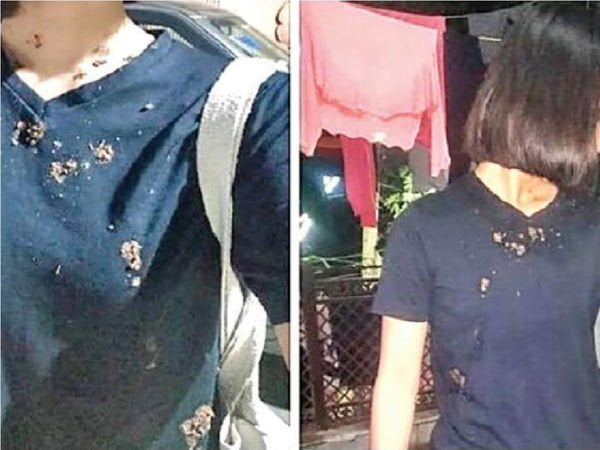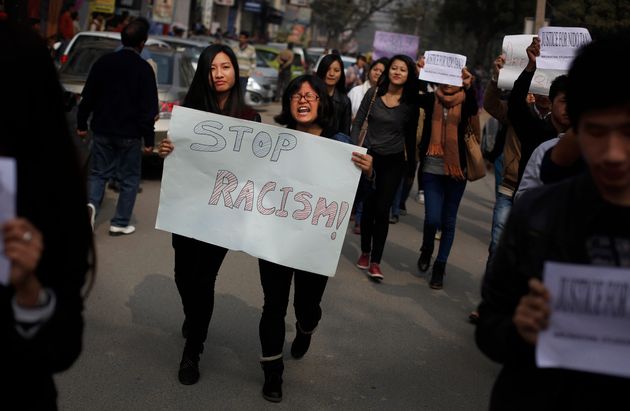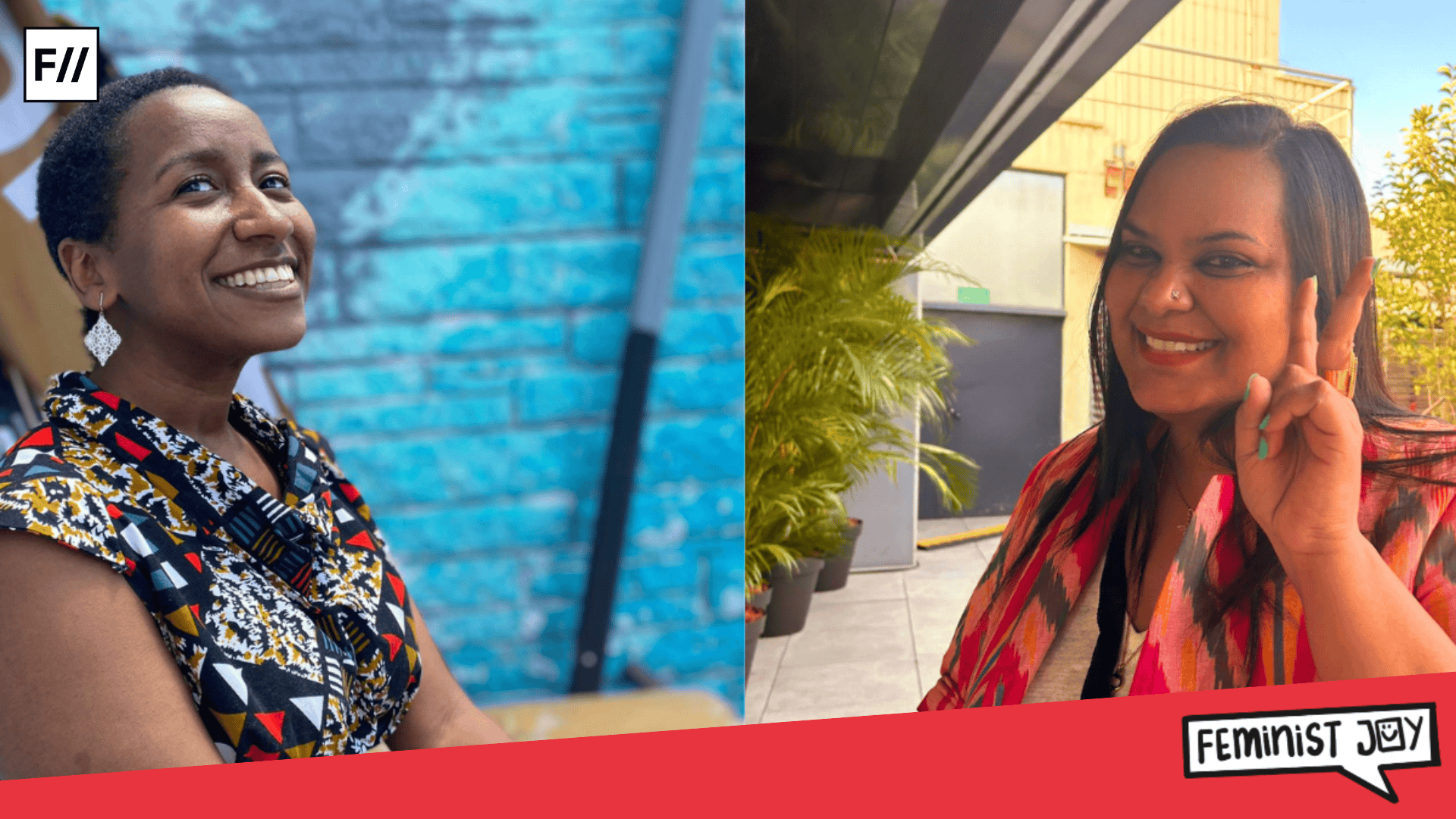If we think of India, casteism, gender discrimination, poverty – these things might pop into your head immediately. What many people’s first thoughts might not go to, is racism. Rampant and insidious, this deep-rooted aspect of Indian society has made ‘mainland’ India neglect its North-East regions in terms of any kind of major developmental projects. From being asked if North-East people eat insects, live in forests, or carry guns around; to being called ‘Coronavirus’ during the Covid-19 pandemic and thrown out of houses for looking ‘Chinese’, this section has faced a very novel kind of discrimination which barely features in public debates.
We all have heard whispers of active racism in the country. The government even had to make calling North-East people ‘chinki’ a punishable offense because it was used as a derogatory term to insult them. More often than not, people will fail to tell you what the capitals of the 8 (yes, there are 8) North-East states are, or even what the names of those states themselves are. They legitimately believe North-East staple food is momos and that all of them look the same. While insidious, yes, usually these comments are passed off as ignorant and harmless by most of the population, North-East Indians included. Recently however, the Covid-19 panic is bringing out far more deplorable sides to the mainland population of India. Cases range from being called names to being spat on on a public road, all because of the way they look.
Recently however, the Covid-19 panic is bringing out far more deplorable sides to the mainland population of India. Cases range from being called names to being spat on on a public road, all because of the way they look.
Here are a few recent cases of racism that have occurred during the Covid-19 panic:
Manipuri woman spat on in public, Delhi: A man on a bike spat on a Manipuri woman in Delhi’s Vijay Nagar area before calling out “Chinese coronavirus coming” and fleeing the place. The man has been booked under section 509 of the Indian Penal Code which criminalises any act insulting a woman’s modesty.

Woman called ‘corona’ near Delhi University’s North campus: A North-Eastern woman and her friend were hit with water balloons and called ‘Coronavirus’ by two men on a bike near Delhi University’s North campus. An FIR had been registered against said men.
Woman from Mizoram harassed in a Reliance Mall, Pune: A professional from Mizoram, living in Pune, was humiliated by a fellow shopper in a mall sometime in the first week of March. When the shopper drew closer to her, she covered her face with a cloth and when asked why, she started shouting, claiming she could be carrying Covid-19 and could infect her.
It is disheartening to see such deep-rooted hatred in our fellow citizens towards our own people. Year after year this has carried on. The North-East as a whole is more marginalized than the rest of ‘mainland’ India, therefore even when issues do come up, they get buried under more ‘pressing’ matters brought up by more ‘visible’ areas and populations of the country. The Covid-19 panic is bringing out all of India’s dirty secrets out in the public eye, that too very obviously. Casteism, racism, Islamophobia, domestic violence – you name it and it’s there.
The North-East as a whole is more marginalized than the rest of ‘mainland’ India, therefore even when issues do come up, they get buried under more ‘pressing’ matters brought up by more ‘visible’ areas and populations of the country. The Covid-19 panic is bringing out all of India’s dirty secrets out in the public eye, that too very obviously. Casteism, racism, Islamophobia, domestic violence – you name it and it’s there.
It is very rare that cases of racist attacks get real coverage in India. The last ‘big’ case was in March 2017 when an exchange student was beaten up in a Noida mall. A video of the incident shows the student lying on the floor, trying to shield himself from the barrage of dustbins and stools being used to hit him. Nobody was seen coming forward to help him. Not so long after, a group of three Nigerian students were attacked by a mob and left bleeding on the streets of Noida after they were accused of supplying drugs to local students, leading to the death of one by overdose.
What is common in the cases against North-Eastern people and the exchange students is that they do not conform to the image of a ‘decent’ race. They do not conform to ideals of beauty, whether Indian or international. This puts them at a disadvantage in the face of a huge population which is quick to judge based on one’s looks, and one that refuses to open up their narrow minds to the greater practice of acceptance, and of compassion.
During times such as now with the Covid-19 pandemic, the government has pushed aside tackling racism as non-essential, while focusing on more ‘essential’ work such as covering up protest art around the country. Racism is not considered a major problem affecting India. Even the Constitution does not explicitly state laws protecting people against racism though section 153(A) of the IPC now makes the promotion of disharmony, enmity or feelings of hatred or ill-will between different religious, racial, language or regional groups or castes or communities a punishable offense.
But no provision will work unless people actually believe that race is just a physical feature and not a proof of their ‘moral’ character. In a country obsessed with fairness, it even determining one’s worthiness in a marriage, it seems far fetched to hope people will be accepting of all kinds of physical features, but one can still hope right?
Featured Image Source: Huffpost India
About the author(s)
Shatabdi is a second year student in the Department of Humanities and Social Sciences at IIT Madras. She loves the colour yellow, talking, and the eureka moments she gets once every few moons. Her interests lie in Sociology, Feminist studies, culture studies, and finding a potter's wheel she can convince her family to buy for her.





I have been called “friend of Coronavirus” by one of my Facebook “fans” because I have visited China twice, have Chinese friends and said I don’t admit anti-Chinese speech on my wall…